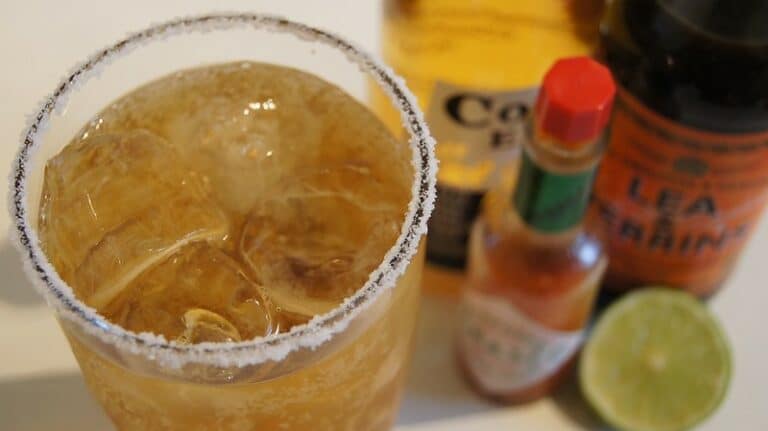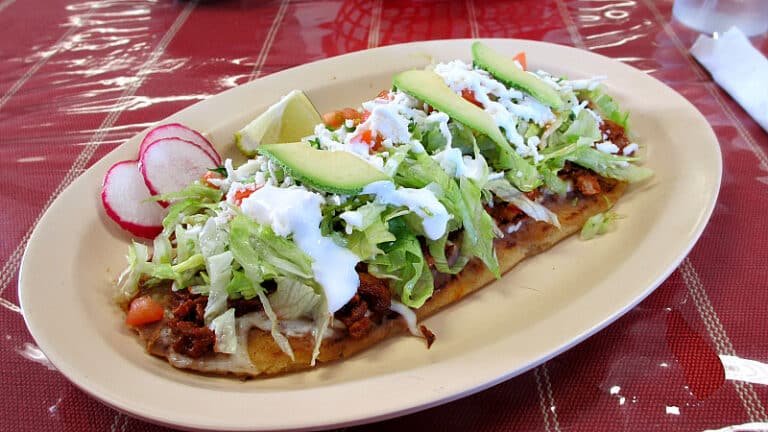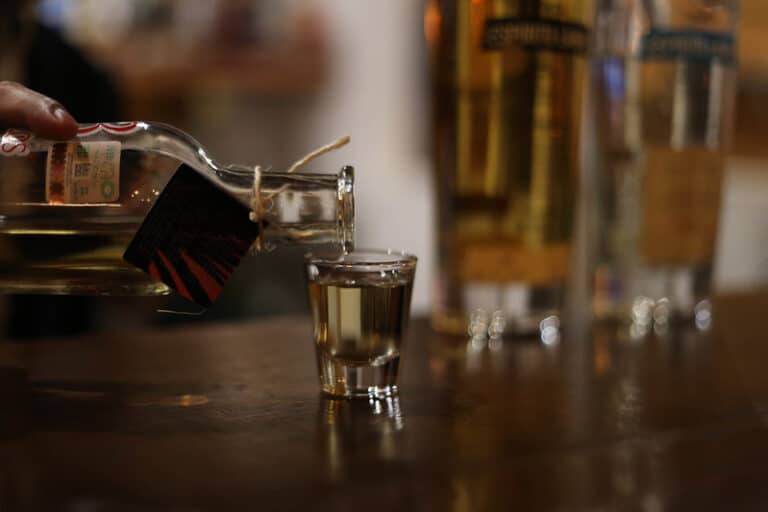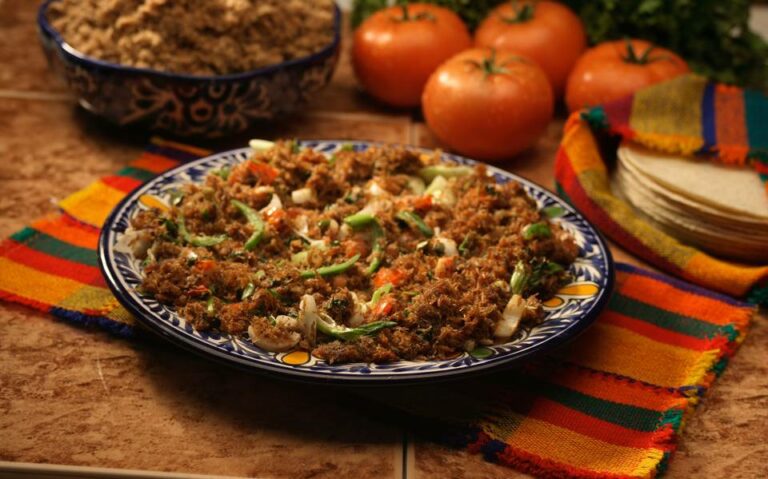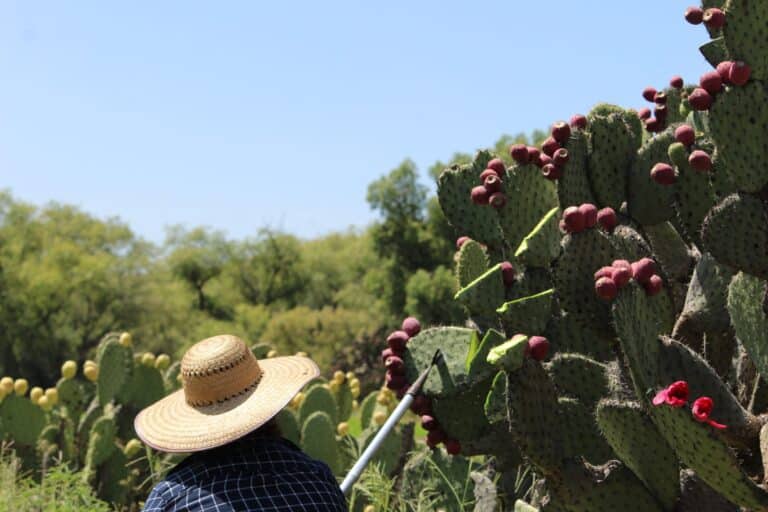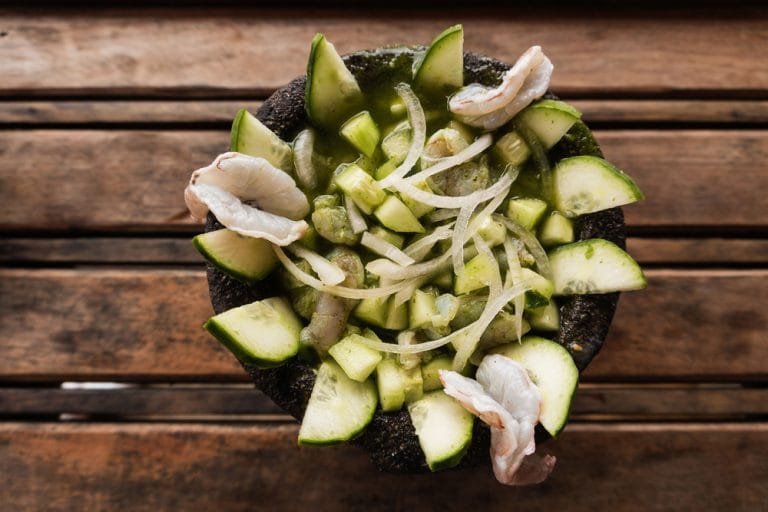Pozol: The Must-Try Ancient Cocoa Elixir of Southern Mexico

Pozol: The Must-Try Ancient Cocoa Elixir of Southern Mexico
Step into the heart of southern Mexico, and you’ll encounter a beverage deeply rooted in the region’s history and culture—Pozol.
This ancient elixir, cherished by the indigenous communities for centuries, is more than just a drink; it’s a symbol of tradition, resilience, and connection to the land.
Pozol, an ancient cocoa elixir, isn’t merely a beverage; it’s a rich cultural emblem woven into the fabric of Mesoamerican history.
With roots dating back to pre-Columbian civilizations, Pozol represents a sacred union between cocoa, corn, and water, revered by indigenous communities for its nourishing properties and symbolic significance.
This fermented beverage is trendy in southern Mexico, primarily in Tabasco, where it is the traditional drink. Also in Chiapas, and part of Central America, particularly in indigenous communities.
Pozol is part of Tabasco’s culture. It is served to the locals as support for exhaustion since it contains the properties of an everyday snack.
Pozol is perfect for people who work all-day jobs.
Pozol origin
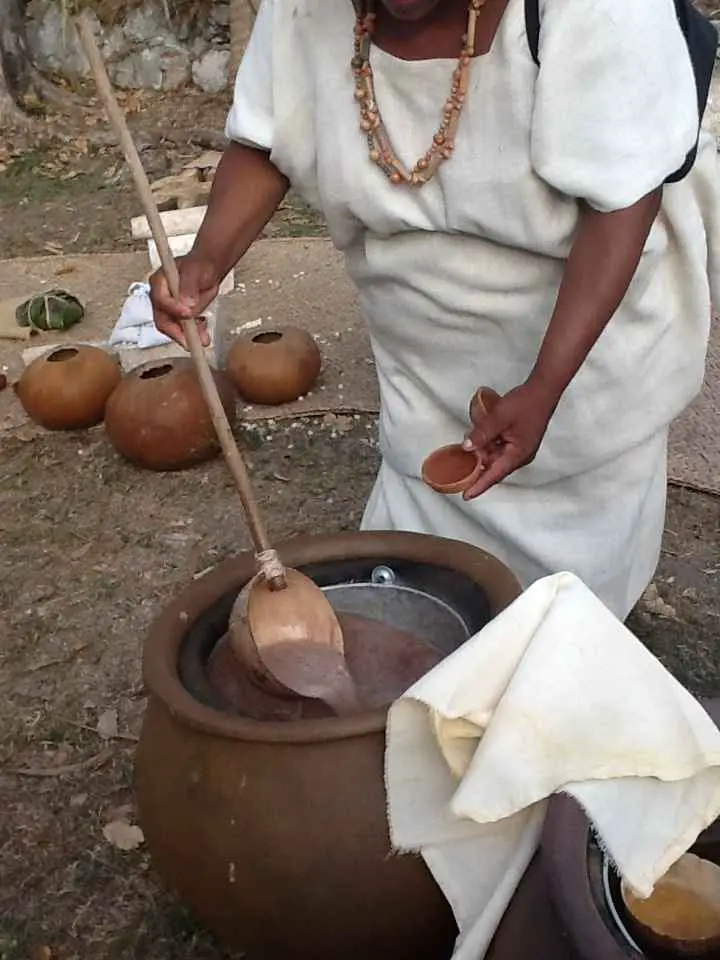
Since pre-Hispanic times, the Maya-Chontales of Tabasco elaborated a drink based on cocoa and corn called “pochotl,” which was highly appreciated among the ancient inhabitants of these lands for being a nutrient of resistance for indigenous travelers.
They knew its importance because it nourished and mitigated thirst in these scorching areas and lasted without spoiling.
From 1519 when the Spanish conquistadors began to arrive in Tabasco, they knew the “pochotl,” and over the years, deformed the name to pozol.
In various writings of the colonial period, the Spaniards who traveled through these lands described pozol as a sour drink of the Indians that made them resistant to the heat.
The trade
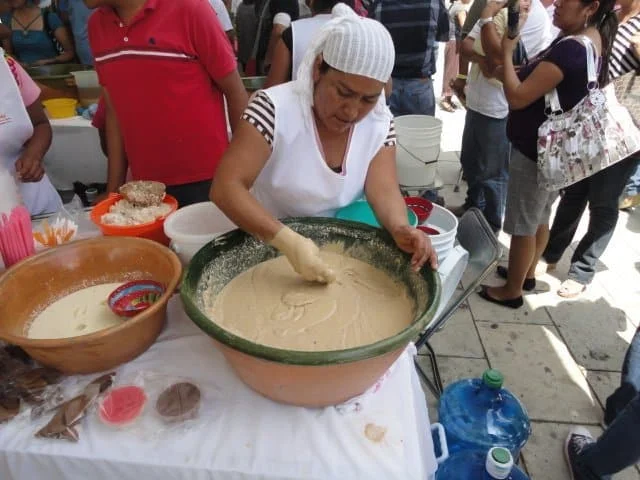
Along the famous commercial routes of the rivers, through the jungle areas, and on the royal roads of the Mexican Southeast, the indigenous travelers carried some corn tortillas and pozol.
On long trips, the masa (corn dough) combined with water was substituted by the “pinole“ they used to carry.
Thanks to the intense commercial exchange between the different Mayan groups in pre-Hispanic times, the beverage passed to other places in the southeast, such as Chiapas and Oaxaca, where the nutritional value of pozol was appreciated.
It is known that the Mayan, Zoque, and Chiapaneca Indians, who inhabited the regions of Chiapas, prepared the “pozolli,” which was considered a ritual for their gods.
Thus, through trade routes, its consumption spread to regions as far away as the Yucatan Peninsula and Central America.
In ancient times, the preparation of pozol among the Maya-Chontales of Tabasco required the cultural virtues and wisdom of women who made pozol on their grinding stones.
Pozol variations
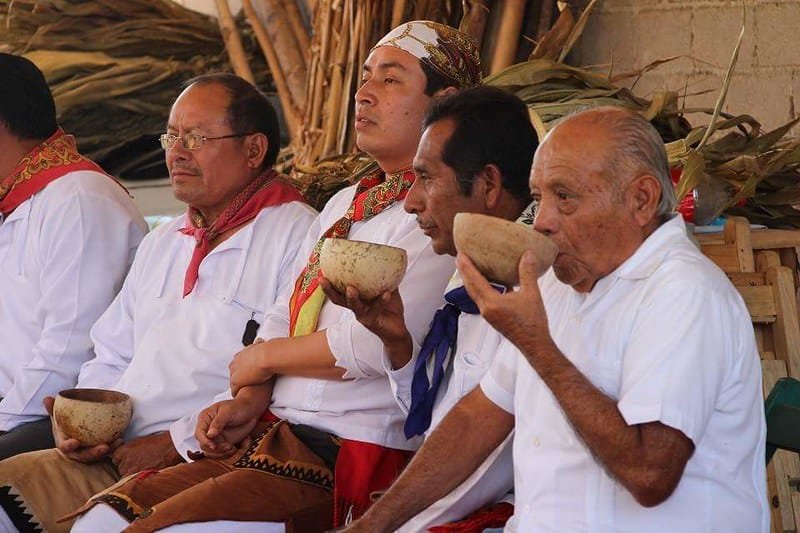
In the state of Tabasco, there are four varieties: original pozol, sweet potato flavor, sour, and the most popular – Chorote.
To make the original plain version, the same steps are followed, except for adding cocoa; in this case, the mash acquires a white color.
The sweet potato version is very similar to the white pozol, only that mashed sweet potato is mixed with the corn dough.
For the sour one, the dough is left to ferment for 4 or 5 days and sometimes two weeks or more until it gets “moldy,” it is very rich in penicillin and is a good remedy for hangovers.
Once the dough is fermented, it is beaten in water and served.
Chorote is made by fermenting a mixture of nixtamal dough and ground cocoa.
Pozol owes its popularity to several factors, some of which are traditionalist.
The reason for this is that pozol tends to settle after a couple of minutes, leaving at the bottom of the container a residue called “shish” or “shishito” in Tabasco or “motzú” in Chiapas, made up of masa and cocoa, or just masa in the case of white pozol.
Then, when shaking it again, with the characteristic elliptical movement called “meneadito del pozol,” the pozol resumes its thick consistency and, as it is popularly said in Tabasco, “it is an edible drink,” alluding to the fact that, when drinking, the “shish” was chewed, thus quenching thirst and hunger simultaneously.
Regarding the cultural reference of the word “shish,” it comes from the Mayan word that means “rest” or “residue,” applied to the settling of some solvent diluted in water.
Where to find Pozol
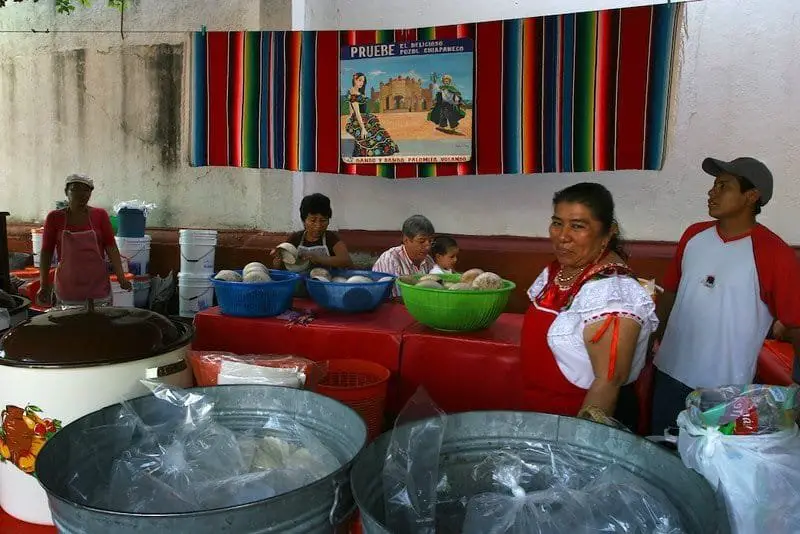
In the state of Tabasco, it is possible to find it in practically all urban and rural communities.
It is consumed by most of the population in its three modalities: sweet potato, white or sour, and chorote.
In the city of Villahermosa Tabasco, it is sold in refreshment stores or street “agua fresca” stands, along with other beverages such as horchata, agua de jamáica, and pitahaya, among others.
In Chiapas, it is also very common to find it in almost every community in the state.
In cities such as Tuxtla Gutierrez, San Cristobal de las Casas, Tapachula, and Chiapa de Corzo, there are many “pozolerías,” and flavored water stands where you can taste this drink.
Nowadays, the Chiapas laborers who work in the fields still prepare this drink with a double purpose: to quench thirst and calm the appetite.
Conclusion
Delving into the rich history and cultural significance of pozol reveals not just a beverage, but a window into the ancient traditions of Southern Mexico.
Its journey from the Mayan civilization to modern-day tables showcases its resilience and enduring appeal.
This cocoa and corn-based beverage not only tantalizes the taste buds but also offers a profound connection to the land, the people, and their heritage.
So, whether you’re a traveler seeking authentic experiences or a culinary enthusiast in search of new flavors, pozol stands as a must-try elixir that encapsulates the essence of Mexico’s culinary legacy.
Cheers to exploring the depths of history through a single sip of this ancient cocoa elixir.

